Section 3
Urbanization and the Development of Cities
By Boundless
Early cities arose in a number of regions, and are thought to have developed for reasons of agricultural productivity and economic scale.
Preindustrial cities had important political and economic functions and evolved to become well-defined political units.
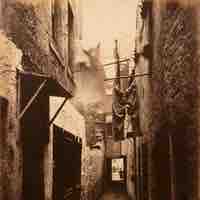
During the industrial era, cities grew rapidly and became centers of population growth and production.
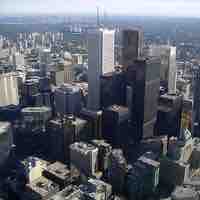
Urban structure is the arrangement of land use, explained using different models.
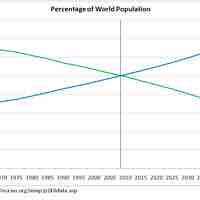
Urbanization is the process of a population shift from rural areas to cities, often motivated by economic factors.
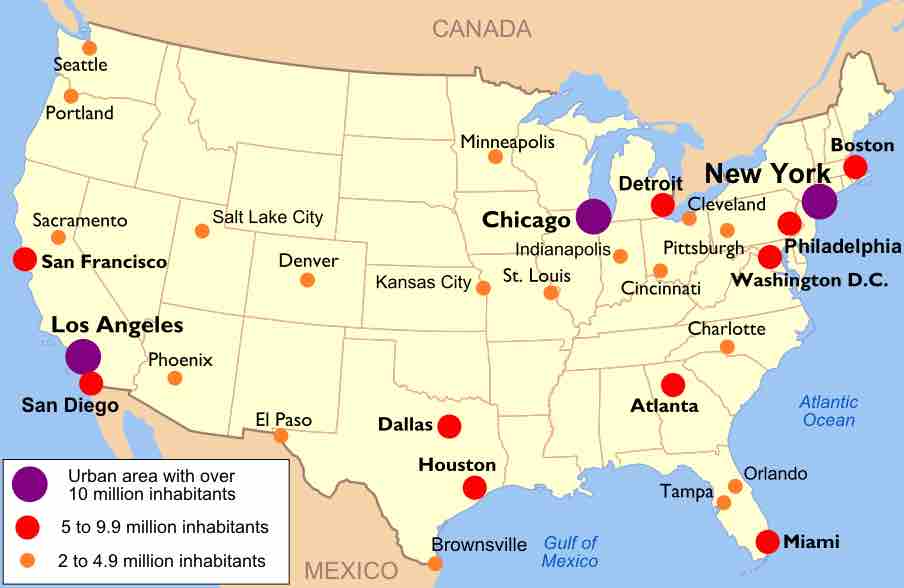
The U.S. Census Bureau classifies areas as urban or rural based on population size and density.
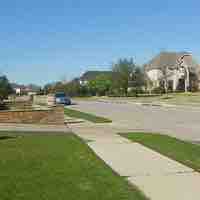
During the 1970s and again in the 1990s, the rural population rebounded in what appeared to be a reversal of urbanization.
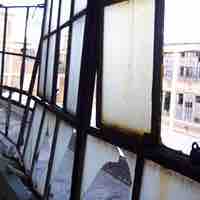
Models of urban growth try to balance the advantages and disadvantages of cities' large sizes.